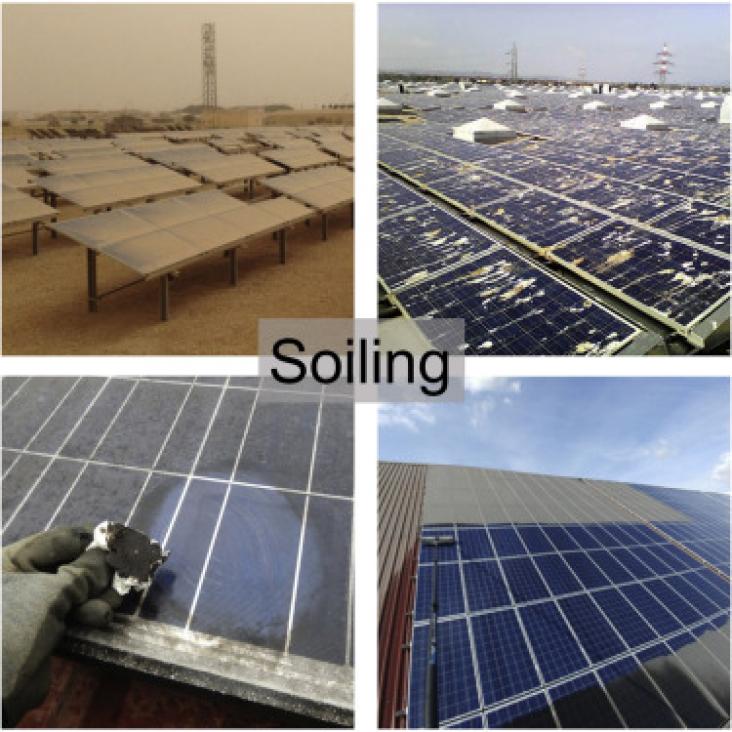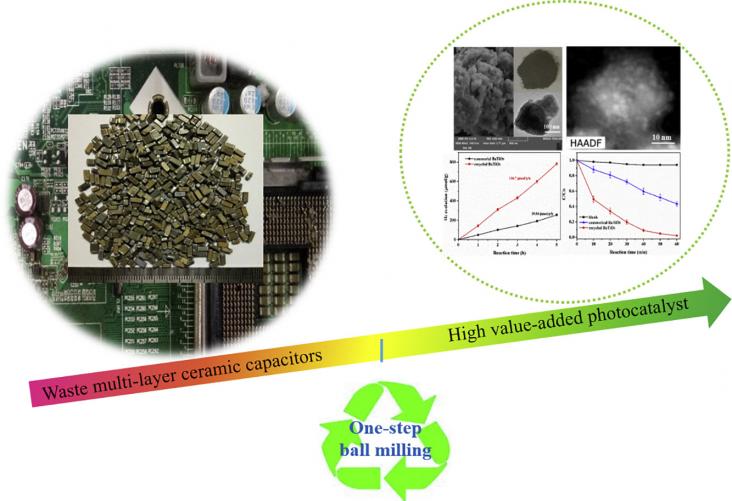This book chapter addresses goals 7, 12, 13 and 14 by describing the fundamental issues of microalgae and their cultivation as a biofuel and alternative food source.

Soiling consists of the deposition of contaminants onto photovoltaic (PV) modules or mirrors and tubes of concentrated solar power systems (CSPs).
Agricultural wastes are readily available in farming communities and can be utilised for off-grid electrification as an alternative to diesel generators.
Electricity systems based on renewables have an increasing demand for flexibility.
Accurate health estimation and lifetime prediction of lithium-ion batteries are crucial for durable electric vehicles.

Waste multilayer ceramic capacitors (MLCCs), containing BaTiO 3 , Ag, Pd, Ni and Sn etc., are valuable secondary resource.

This review gives a worldwide overview on Power-to-Gas projects producing hydrogen or renewable substitute natural gas focusing projects in central Europe.
In the last couple of years, deep eutectic solvents (DESs) have been raising a lot of attention mainly due to their versatility and their easy and speedy preparation without the need of further purifi
The number of countries with a national development plan has more than doubled, from about 62 in 2006 to 134 in 2018.

This event primarily focusses on SDG 9 (industry, innovation and infrastructure), exploring the technical and engineering challenges of addressing all 17 Sustainable Development Goals.
